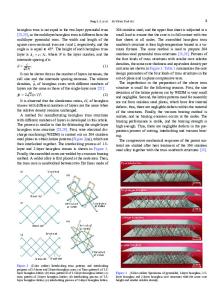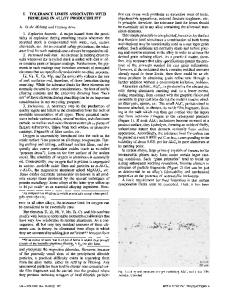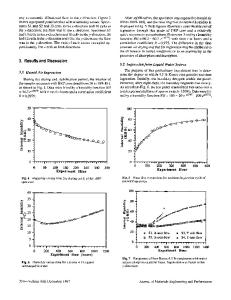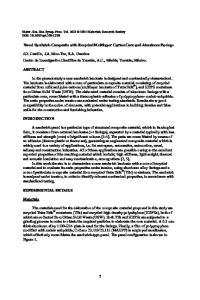Wrought aluminum truss core sandwich structures
- PDF / 1,208,966 Bytes
- 7 Pages / 612 x 792 pts (letter) Page_size
- 69 Downloads / 388 Views
I. INTRODUCTION
COMPACT, lightweight structures that support loads in an efficient and cost-effective way are valued for many applications.[1] Recent progress in the design, fabrication, and performance of sandwich structures with open cell truss cores[2–7] suggests an alternative to honeycomb core designs. These new structures have mechanical properties that compare favorably to honeycomb core structures but with added multifunctional possibilities (e.g., cross-flow heat exchange, fuel storage space, conduits for wiring and piping, etc.) owing to the open, accessible space within the core.[8,9] Figure 1 illustrates an example involving load support with active cooling. This structure could be categorized as a synthetic multifunctional material system in the sense that it supports mechanical loads while also performing an additional function.[10] The open cell structures may also be less susceptible to internal corrosion and depressurization induced delamination. Furthermore, many of them appear to be more easily formed into complex curved shapes than conventional honeycombs (which exhibit anticlastic curvature upon bending[11]). Past approaches to fabricating miniature truss core sandwich structures from Al alloys have involved an investment casting route.[2,3,12] Like many casting alloys, strength knockdown due to casting defects and low alloy ductility have been observed. With casting, there are also limits to the types of materials that can be used (e.g., high fluidity needed for intricate shapes), the range of obtainable properties (relative to wrought metals), and whether they respond to postprocessing (e.g., heat treatment). Furthermore, the facesheets of cast sandwich structures tend to be thicker than desired, surface finishes can be rough (e.g., notch sensitive), and fabrication costs are comparatively high. For lightweight structural applications, wrought metals are normally used. Miniature truss core sandwich structures have been fabricated from wrought Ni, Fe, Cu, and Ti alloys by vacuum or inert gas brazing processes.[5,7,13] Figures 2 and 3 show the quasi-static crushing behavior for a woven core sample made in this fashion. Owing to the appreciable ductility of the wrought Fe alloy, its bonding agent, and the open space within the core, large amounts of mechanical energy were absorbed. DAVID J. SYPECK, Assistant Professor, is with the Aerospace Engineering Department, Embry-Riddle Aeronautical University, Daytona Beach, FL 32114. Contact e-mail: [email protected] Manuscript submitted August 27, 2003. METALLURGICAL AND MATERIALS TRANSACTIONS B
If structures of this type were made from wrought Al alloys, significant weight savings could be achieved with other potential benefits (e.g., high base metal conductivity). Such property motivations suggest a need to design and fabricate from lighter weight, but more difficult to braze wrought Al alloys. Here, this is demonstrated in a straightforward and affordable fashion, which overcomes many deficiencies of the prior art. Design methodology and multi
Data Loading...











